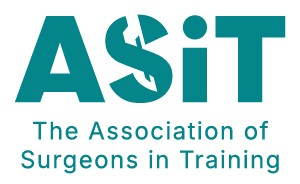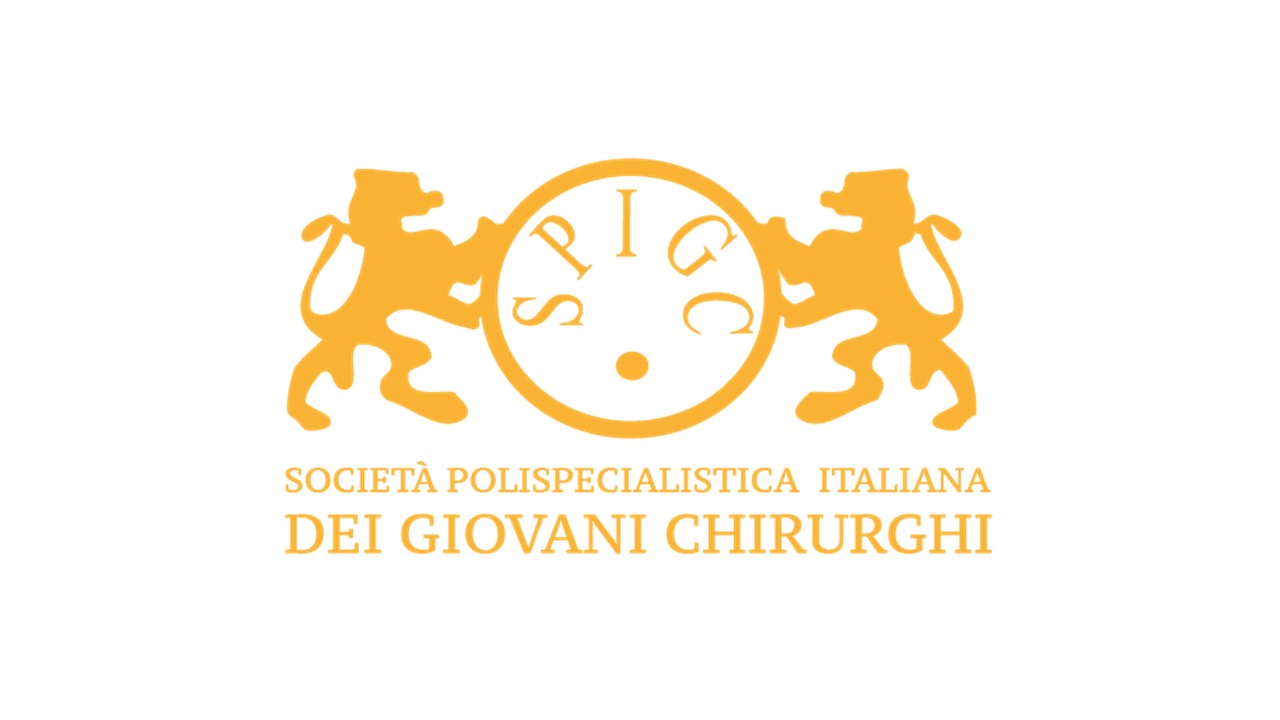BJS Academy>Cutting edge blog>On the importance of...
On the importance of idle curiosity in research
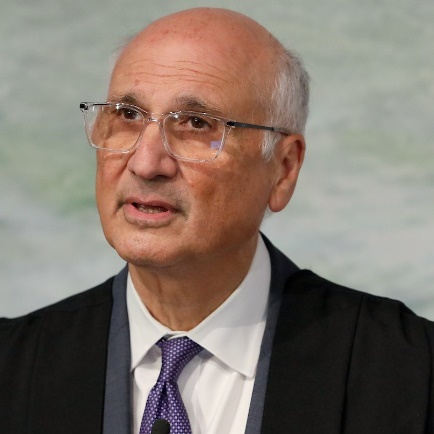
John C Alverdy MD FACS FSIS
Sarah and Harold Lincoln Thompson Professor; Executive Vice Chair, Vice-Chair for Research, Department of Surgery; University of Chicago, Pritzker School of Medicine
10 March 2025
Guest blog General
Related articles

Little Women: Assessing diversity among consultant paediatric surgeons in the UK: open science, education, and academic achievement
Ameera J M S AlHasan
In a recently published cross-sectional study in BJS1, Dr Marianna Kapestaki examines diversity amongst paediatric consultant surgeons in the UK. It comes as no surprise that the majority of consultants and full professors were men, whilst 73.5% of consultants were white. On the bright side, no gender or racial disparities were found in other academic parameters such as being affiliated with a university or having earned a PhD. Dr Kapestaki presents several other parameters in her study which may or may not be significantly associated with gender, racial or academic inequalities. She goes on to state that the findings in paediatric surgery are consistent with those in neurosurgery and neurology in the UK.
A study like this is important for several reasons. First, it sheds light on the importance of dissecting the surgical workforce for potential inequalities and possible discrimination, including highly subspecialized branches of surgery such as paediatric surgery. Second, it demonstrates that lack of diversity at consultant level is a persisting problem, but one that is definitely remediable once sufficient awareness of the issue is established. Finally, it seems fair to infer from the findings that the solution may lie in the problem itself, namely academia. If there are indeed no disparities in academic achievements such as completing a PhD or becoming affiliated with a university, then with sufficient awareness and deliberation, these same individuals should conscientiously be chosen to higher positions of consultant and full professorship. One can only hope.
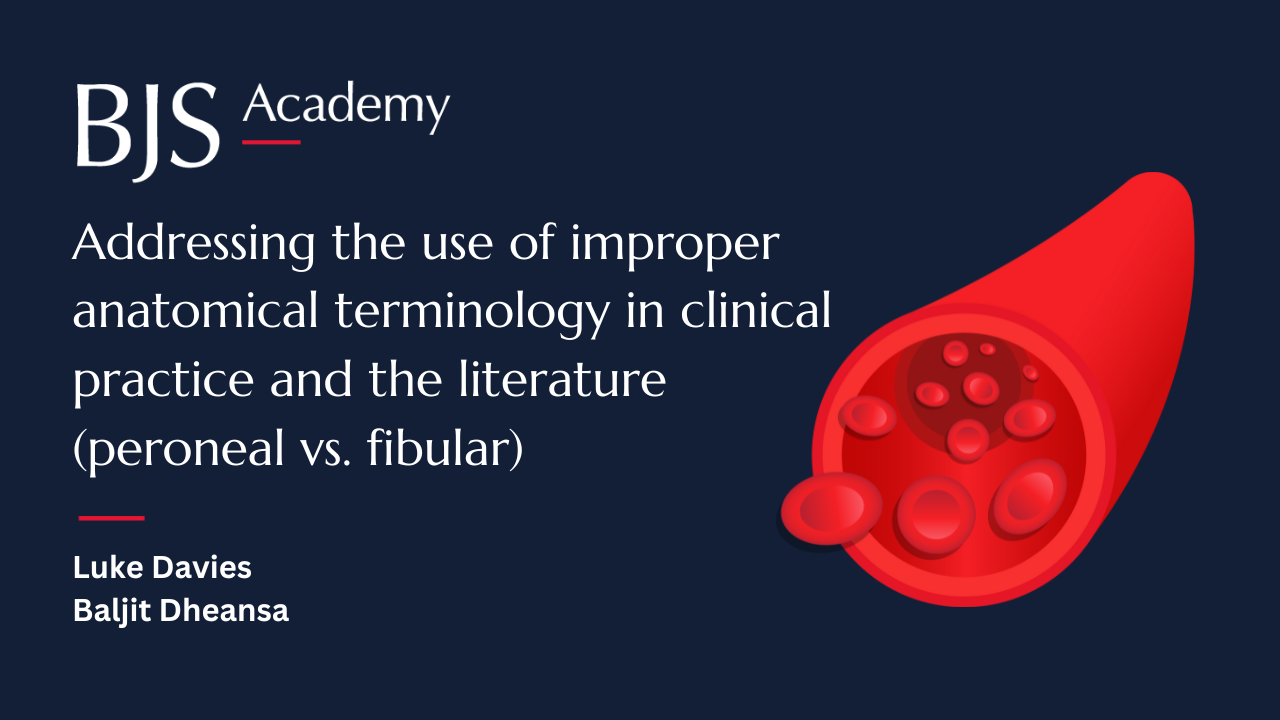
Addressing the use of improper anatomical terminology in clinical practice and the literature (peroneal vs. fibular)
Luke Davies, Baljit Dheansa
Dear Editor
There still exists a disparity between the correct anatomical terminology used in medical educational resources, and that which is used in the clinical environment and surgical journals such as the British Journal of Surgery (BJS).1,2 We wish to highlight this as a problem not only for effective communication between healthcare professionals but also the confusion this can cause for students and doctors sitting important examinations.
Anatomical nomenclature forms the basis of medical language. Consistent and unambiguous terminology is essential in an increasingly globalised world, and is crucial to prevent miscommunication between team members in the clinical environment. However a disconnect persists between the terms used by experienced clinicians, and those endorsed as official by the anatomical community, and therefore taught in educational resources.1,2
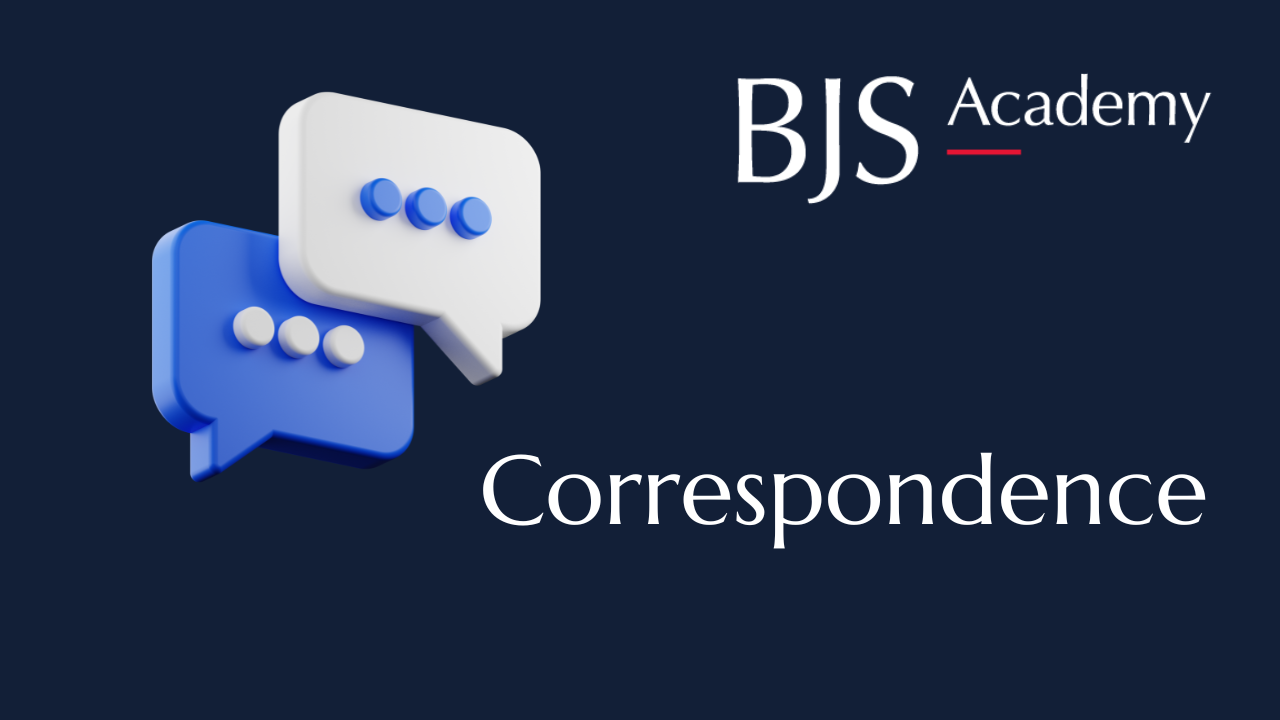
Comment on: Effect of peritoneal and wound lavage with super-oxidized solution on surgical-site infection after open appendicectomy in perforated appendicitis (PLaSSo): randomized clinical trial
Saburi Oyewale
Correspondence to: Dr Saburi Oyewale (email: saburioyewale@yahoo.com)
Division of General Surgery
Department of Surgery
Copied!
Connect

Copyright © 2025 River Valley Technologies Limited. All rights reserved.

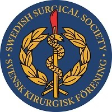






.jpg)
